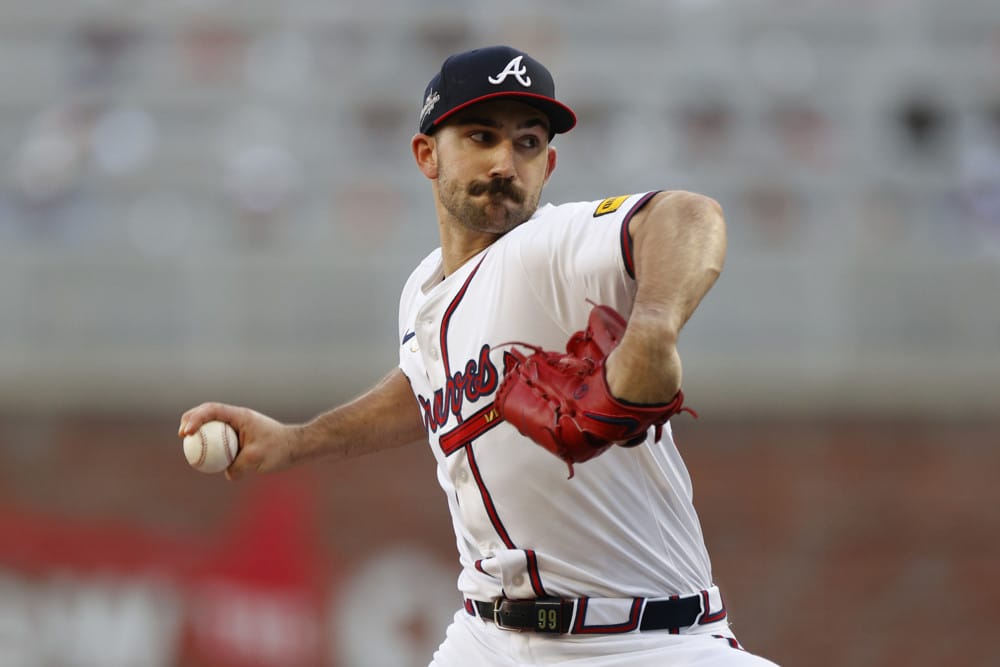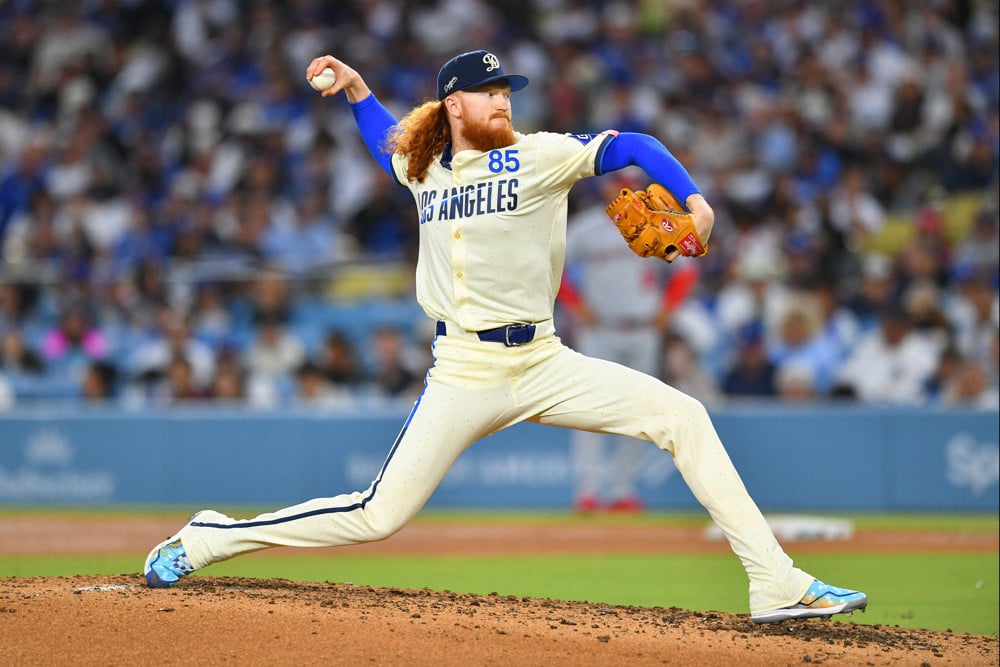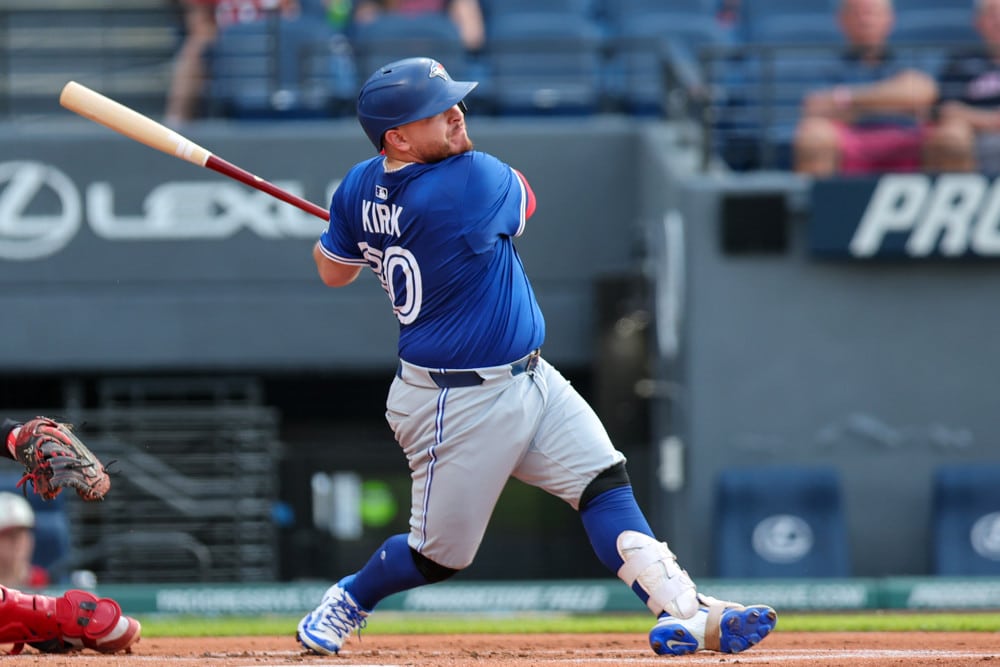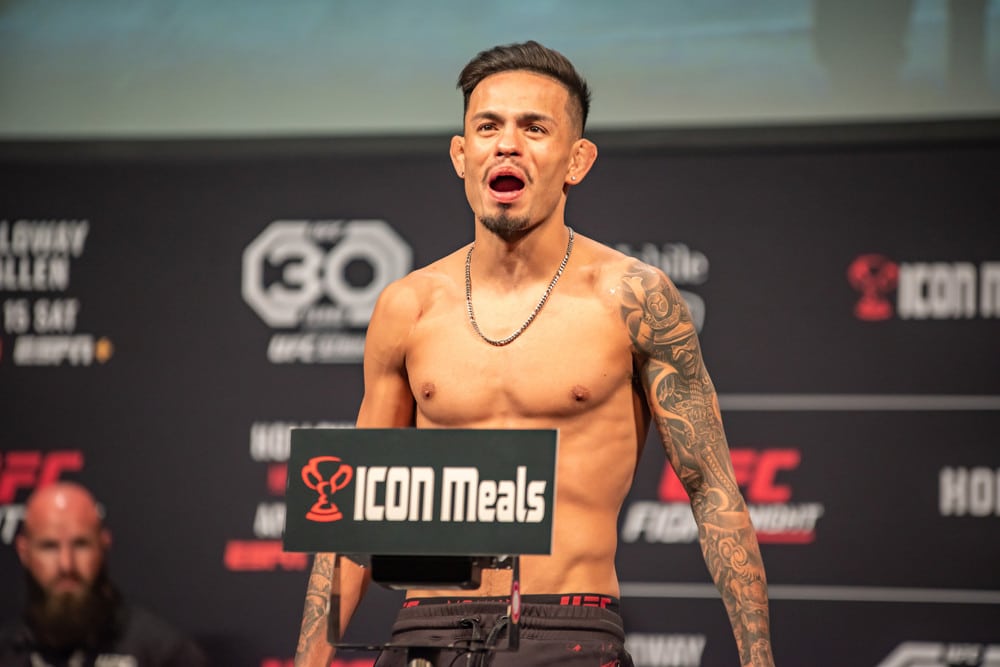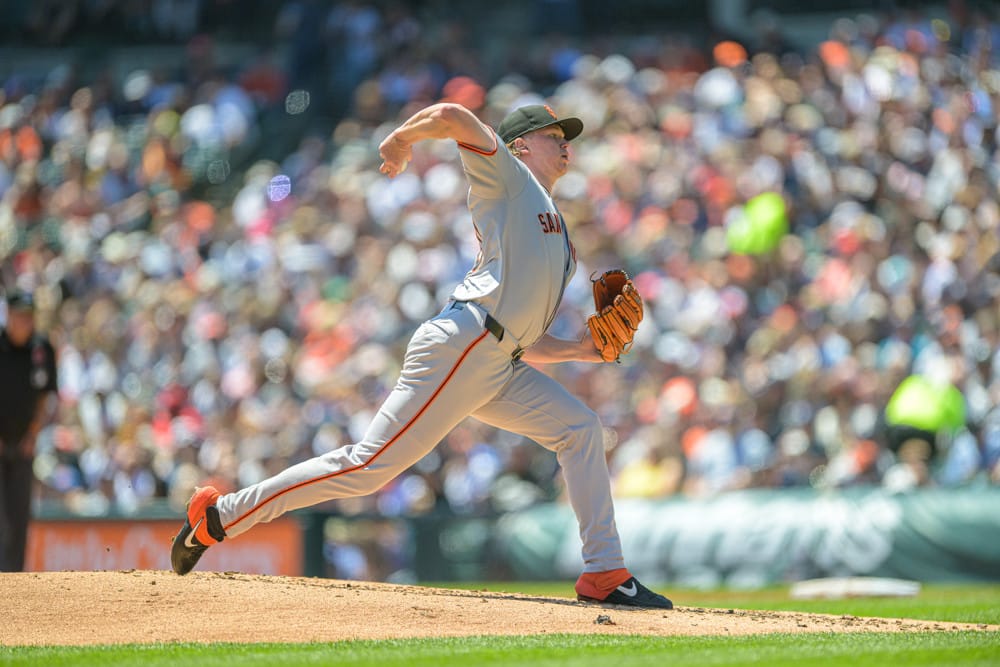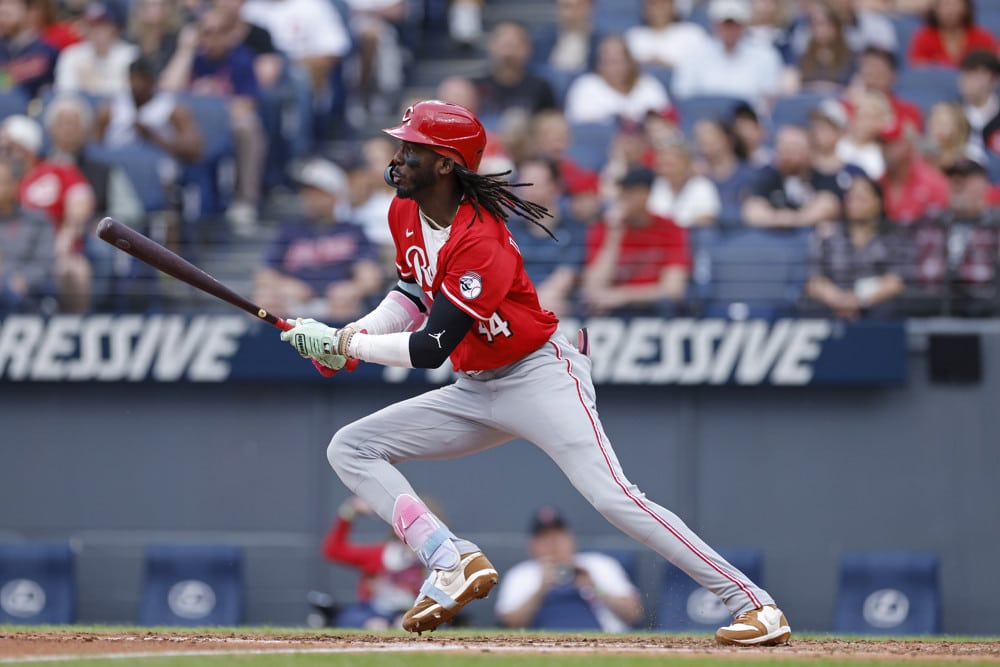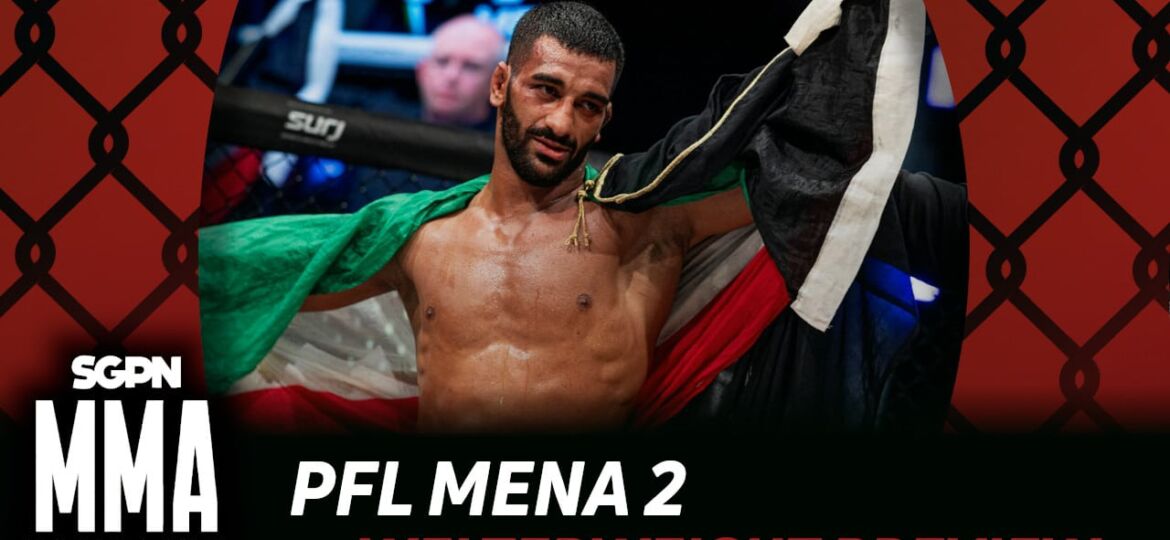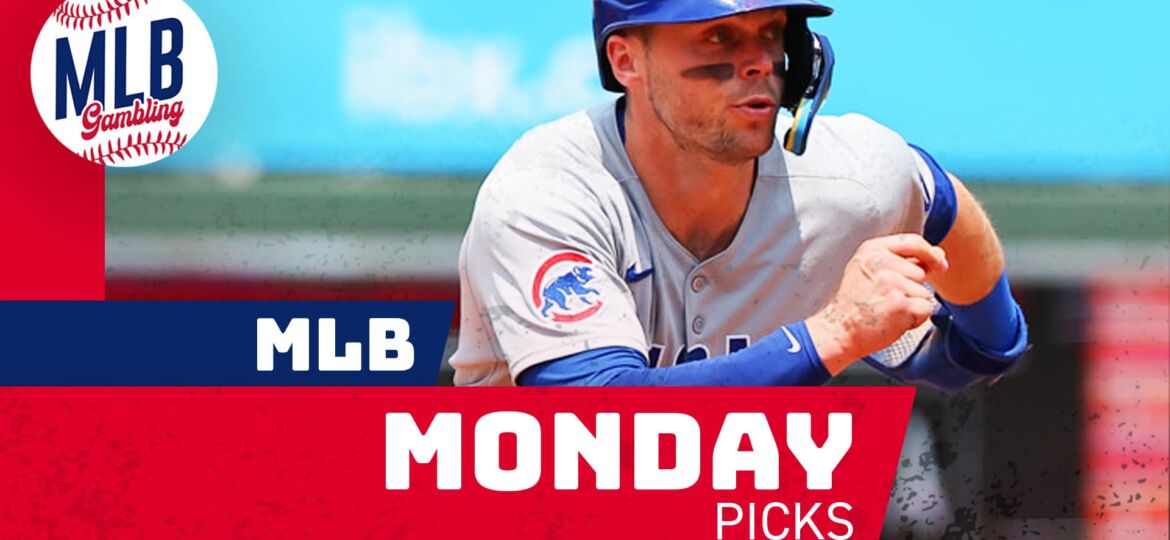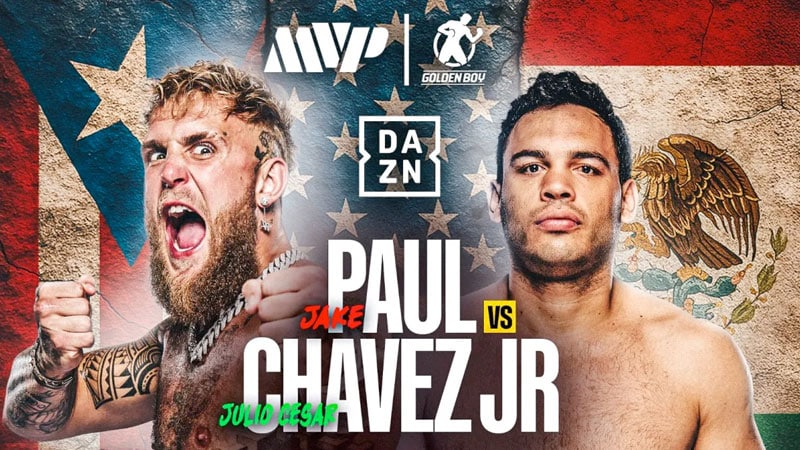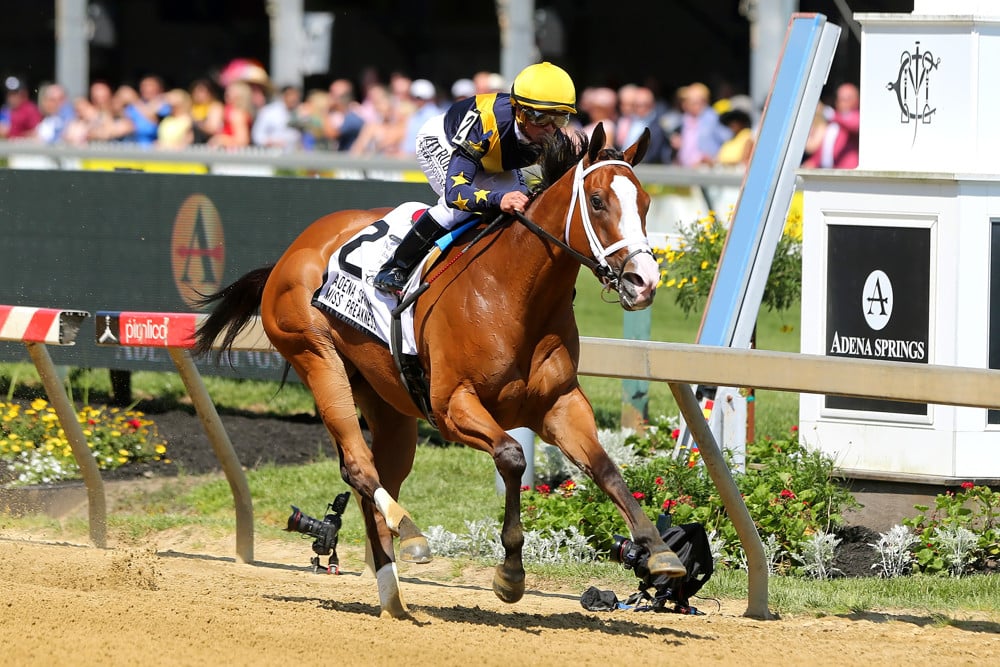
The Preakness Stakes, the second jewel of the prestigious Triple Crown, is more than just a horse race—it’s a cultural and sporting phenomenon. Held annually at Pimlico Race Course in Baltimore, Maryland, this thrilling event draws in a global audience of racing fans, bettors, and curious onlookers alike. With the Preakness 2025 rapidly approaching, many enthusiasts are looking for ways to improve their betting game and enhance their chances of winning.
Betting on the Preakness can be as unpredictable as it is exciting. That’s why adopting expert strategies and understanding the nuances of horse racing are essential. Unlike casual wagers, informed bets rely on analytics, historical data, and calculated risks.
Betting on the Preakness Stakes 2025
Before diving into strategies, it’s important to understand the fundamentals of sports betting—especially as they pertain to horse racing. Sports betting, at its core, involves predicting the outcome of a sporting event and placing a monetary wager on that prediction. In horse racing, the most common types of bets include win (first place), place (first or second), and show (first, second, or third), as well as exotic bets like exactas, trifectas, and superfectas that require bettors to pick multiple horses in specific finishing orders.
If you plan to Bet on Preakness 2025, several unique factors must be considered. The race is run over a distance of 1 3/16 miles, slightly shorter than the Kentucky Derby, making it a test of speed and stamina. Additionally, the Preakness features a smaller field than the Derby, typically around 8 to 14 horses, which can influence betting strategies. Horses who ran in the Kentucky Derby may enter the Preakness with a performance edge or suffer from fatigue. These dynamics make understanding form, rest patterns, and racing style crucial for any serious bettor.
Research Historical Trends
One of the most effective ways to prepare for betting on the Preakness Stakes is by studying historical trends. Analyzing past races can offer valuable insights into which horses, trainers, and jockeys tend to perform well under specific conditions. Historical data helps bettors identify consistent patterns and avoid purely emotional or speculative bets.
For example, recent Preakness winners have often come out of the Kentucky Derby, finishing in the top four spots. Horses with a quick turn of foot—also known as a strong closing kick—have shown a pattern of success at Pimlico. Additionally, certain trainers like Bob Baffert and jockeys like Mike Smith have had repeated triumphs in the race.
Weather conditions and track surface performance also factor in. Some horses excel on muddy tracks, while others falter. Past performances under similar conditions can inform betting choices. Moreover, analyzing race pace—whether a horse performs better in fast or slow-paced races—can significantly predict outcomes.
Expert Strategies for Preakness Betting
Experienced horse racing bettors use a combination of metrics and observations to craft their betting strategies. Three of the most prominent expert techniques include:
1. Speed Figures
Speed figures are numerical representations of how fast a horse has run in past races. Like Beyer Speed Figures, these figures adjust for track conditions and race difficulty, offering a standardized metric for comparison. In the Preakness, horses with high recent speed figures often indicate strong form and potential dominance.
2. Form Cycle Analysis
A horse’s form cycle refers to the progression of its performance over time. Horses typically follow performance cycles—building up to a peak performance before regressing. Identifying where a horse stands in its form cycle can help predict whether it’s due for a breakout race or a decline. For example, a horse that has steadily improved over its last few starts might be ready to peak at the Preakness.
3. Track Bias Awareness
Track bias is the tendency for certain running styles or post positions to fare better on a specific track or under certain conditions. Inside posts have historically had an edge at Pimlico, especially in shorter fields. Horses that prefer running near the front have also succeeded on this track. Recognizing this bias can shape decisions when selecting horses.
Expert bettors often combine these strategies, weighing them alongside traditional handicapping elements like pedigree, jockey-trainer combinations, and racing history.
Risk Management and Informed Decision-Making
As with any form of gambling, successful sports betting requires sound risk management, it’s not just about picking winners—it’s about managing your bankroll, understanding odds, and avoiding impulsive bets.
Bankroll Management
Set a fixed budget for your betting activities and stick to it. Divide your bankroll into units (e.g., $2 bets) to avoid going all-in on a single race. This approach allows for sustained participation and prevents heavy losses.
Value Betting
Experts focus on value rather than certainty. A horse must not be the favorite to offer a profitable opportunity. If a horse has a 20% chance to win, but the odds suggest only a 10% chance (i.e., 10-1), that’s a value bet. Learning to spot these disparities between perceived and actual odds is crucial.
Emotional Discipline
Avoid “chasing losses” or betting based on hunches. Stick to your research and strategic insights. Even in the face of unexpected results, rational decision—making separates professional bettors from casual ones. Also, consider using multiple betting types. Instead of a heavy bet on one horse to win, you might spread your risk by betting a horse to a place or using an exact box to cover multiple outcomes.
Final Words
Betting on the Preakness Stakes 2025 offers a unique blend of excitement, analysis, and opportunity. Bettors can gain a real edge by mastering the fundamentals of horse racing betting, studying historical data, and employing expert strategies like speed figure analysis, form cycle recognition, and track bias awareness. Equally important is managing risk through smart bankroll practices and maintaining a disciplined, rational approach.
While no strategy can guarantee success, continuous learning, and patience can dramatically increase your chances of making profitable bets. Remember, the real thrill of the Preakness lies not just in picking winners but in participating thoughtfully and enjoying the rich history and spectacle of one of America’s greatest racing traditions. So study the stats, trust the process, and enjoy the ride.


